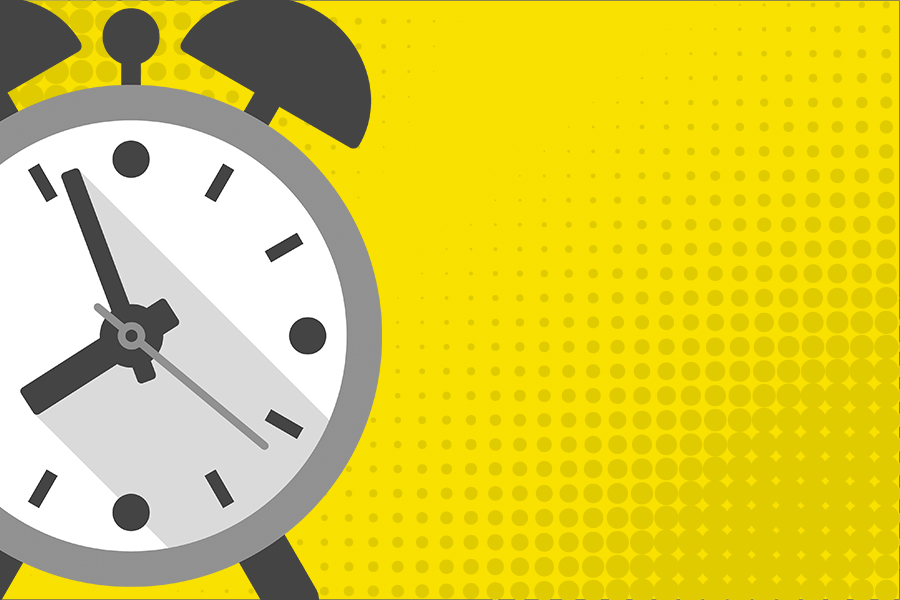-
 Chasing an unpaid invoice is never easy, but every business, large or small has to deal wi...
Chasing an unpaid invoice is never easy, but every business, large or small has to deal wi... -
 Sooner or later, every business is faced with the dilemma of a customer who refuses to pay...
Sooner or later, every business is faced with the dilemma of a customer who refuses to pay... -
 At some point, all businesses encounter a client who is determined to give them the run ar...
At some point, all businesses encounter a client who is determined to give them the run ar... -
 Billions of pounds are written off by UK businesses each year because of late payers. It’...
Billions of pounds are written off by UK businesses each year because of late payers. It’... -
 Creating invoices that encourage immediate payment sounds great in theory, but you’re prob...
Creating invoices that encourage immediate payment sounds great in theory, but you’re prob...
Fed Up Chasing
Debt Recovery Solutions
How to chase an invoice payment – The 3 very best practices
|
|
Home » Published: 1st July 2020 This Article was Written by: Steve - Fed Up Chasing |
Thankfully, a majority of invoices are settled without any issues, but now and again, every business encounters a potential late or defaulted payment.
So, what are the best practices to follow to ensure a positive outcome? Here’s our 3 top tips when chasing an invoice payment…
1. Research your client
Firstly, do some checks to see if the customer is likely to pay you, preferably before you carry out any work for them. If they have bad debts or a history of refusing to pay what they owe, it’s a good idea to escalate or take next steps earlier than usual.
Depending on what you want to check, you can:
- use a credit agency to check for bad debts (you usually need to pay for a subscription).
- search court records to check if the customer has been sued or fined for not paying others.
- search company profiles in the Gazette to see any insolvency notices.
2. Establish a process for chasing
It can feel uncomfortable to chase a customer for money. However, setting up a timetable for monitoring all payments can make it feel more business like and less personal.
It’s also worth trying to get a contact in accounts. Find out who to speak to and what information they will need to process your invoice.
Some businesses use a calendar to timetable when to contact customers at each stage of chasing, or they use accounting software to automate it.

More Fed Up Chasing Articles...
An example timeline…
- Before you send the invoice – Get a contact in accounts. Find out who to speak to and what they need to process your invoice.
- The day you send the invoice – If it’s a new client or slow payer, confirm they received the invoice. Check it includes the information they need.
- 10 days before payment is due – It’s always worth checking that your invoice is processed and due to be paid. Ask if it’s ‘in the system’ or ‘on the next pay run’.
- 1 or 2 days after payment becomes overdue – Check if there’s a problem that’s prevented payment. Find out what you can do to resolve it.
- At regular intervals up to 30 days overdue – Remind them it’s overdue – if you stay in touch, the problem might become clearer. Decide whether to escalate.
- 30 days overdue – Warn about the next steps you’ll take if it’s not paid.
3. Strategies when contacting customers
As a small business, customer relationships are probably important to you. However, there are strategies you can use that will help you maintain good relationships, even when you’re chasing a payment.
Be polite but firm – if you’ve supplied the goods or services, you should be paid. Develop strategies that work best for you and your customers.
Examples of strategies used by other businesses:
- Make the first contact by email or text.
- Change who does the chasing after a couple of contacts.
- Develop a relationship with the customer’s accounts department.
- Side with the customer.
- Be ready for delaying tactics.
- Hire someone to chase payments.
When your regular process for chasing hasn’t worked, it can help to:
- Speak to someone more senior in your customer’s company.
- Remind them that you can charge interest from the payment due date.
- Warn them that you’re considering stopping supply until they pay.